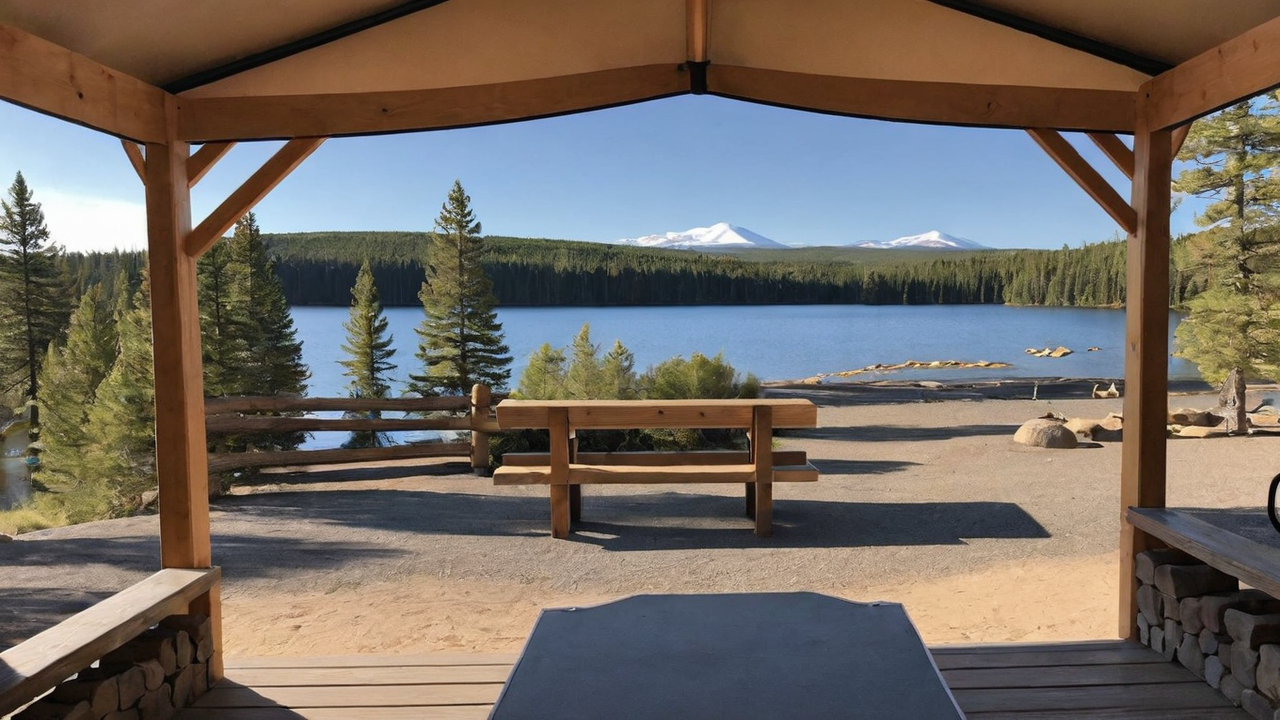Creating an Ultimate User's Experience: Design Guidelines for Camping Software
Creating an Ultimate User's Experience: Design Guidelines for Camping Software
Blog Article

Comprehending Your Audience
Understanding whom your intended audience are essential in crafting an efficient user experience. It's crucial to consider your requirements, likes, and technology savviness. This knowledge guides the designing choice, guaranteeing that your software becomes accessible and intuitive.
Knowing your users also implies recognizing the obstacles and how they intend to use your campground software. It enables the designers to tailor functions and functionalities that address specific needs, therefore making the application not only useful but also essential.
Simplifying the Navigation System
Simplifying your navigation can be one critical component of user interface designing. A clear navigation structure makes sure users can quickly find what they're looking for, cutting down frustration and improving satisfaction levels. It's about the user journey within the software as smooth and effortless as possible.
Furthermore, effective navigation guides visitors through your software, showcasing functions and tools that they might otherwise miss. Such an approach not only boosts usability but also encourages deeper interaction with the campground software's full array of capabilities.
Integrating High Quality Visuals
Graphics play a vital role in making a appealing UI. They aid in breaking up text and can convey functions more efficiently than words alone. Selecting the appropriate images, symbols, and color schemes can improve the overall aesthetic of your application, making it more visually attractive to the eye.
Additionally, visual consistency is crucial for establishing brand identity and trustworthiness amongst users. Each component should be in sync with your brand’s ethos and the overall mission of the software, resulting in a seamless user experience that feels both polished and inviting.
Enhancing Responsiveness
In the current tech world, users demand camping programs to be responsive on all platforms, from desktop computers to smartphones. A responsive interface ensures that regardless of what screen size, your software offers an uncompromised user experience. This not only boosts usability but likewise caters to the users’ on-the-go lifestyle.
Additionally, enhancing the responsiveness could result in better performance, decreasing the loading time and avoiding frustration. Users appreciate a quick and smooth interaction when accessing campground software, and this makes speed an aspect in user satisfaction.
Enhancing the Search Functionality
Searching for information swiftly is crucial in any kind of application, especially in campground management. Optimizing the search feature permits visitors to easily find what they're looking for, which in turn boosts their experience and efficiency. By intelligent search features, you can decrease the frustration and increase overall satisfaction.
Moreover, sophisticated search features such as filtering options and tagging can aid in narrowing down results, making the process even efficient. Implementing these functionalities demonstrates a understanding of your user’s needs and an effort to making their experience with the campground system as seamless and productive as possible.
Prioritizing Security
Security is a top priority when it comes to developing campground programs. Your users want to be secure when providing their private data. Guaranteeing tight security measures not only protects the data but also builds trust between the user and the brand.
Beyond basic security features like passwords and encryption, consider implementing additional options such as two-factor authentication or biometric security logins. Such measures provide additional layers of protection, further ensuring that customer information is held safe from unauthorized access.
Leveraging Feedback
Listening to feedback is crucial for continuous development of any campground program. It enables the developers to grasp what is working, what doesn’t, and how the software can be bettered to meet user needs. This feedback creates a sense of community between the customers and your development team, which makes them feel like they are actively a part of the product's journey.
Incorporating feedback effectively can lead in noticeable enhancements in UI designs and the overall UX. Implementing changes based on actual feedback shows that the brand listens to its customers and is dedicated to providing a top-notch product.
Maintaining Simplicity
In UI design, the principle of simplicity is fundamental. An unnecessarily complicated interface can overwhelm the users, resulting in an unpleasant user experience. Simplicity, on the hand, helps your software more intuitive and user-friendly. It promotes greater user engagement and satisfaction.
Moreover, keeping the simplicity should extend to the software’s content and functionality. Avoiding unneeded features that don’t contribute real value can help ensure that your interface remains clean and focuses on meeting the core needs of your end-users. By doing so, you can craft a more effective UX that more information appeals with your target audience.
Report this page